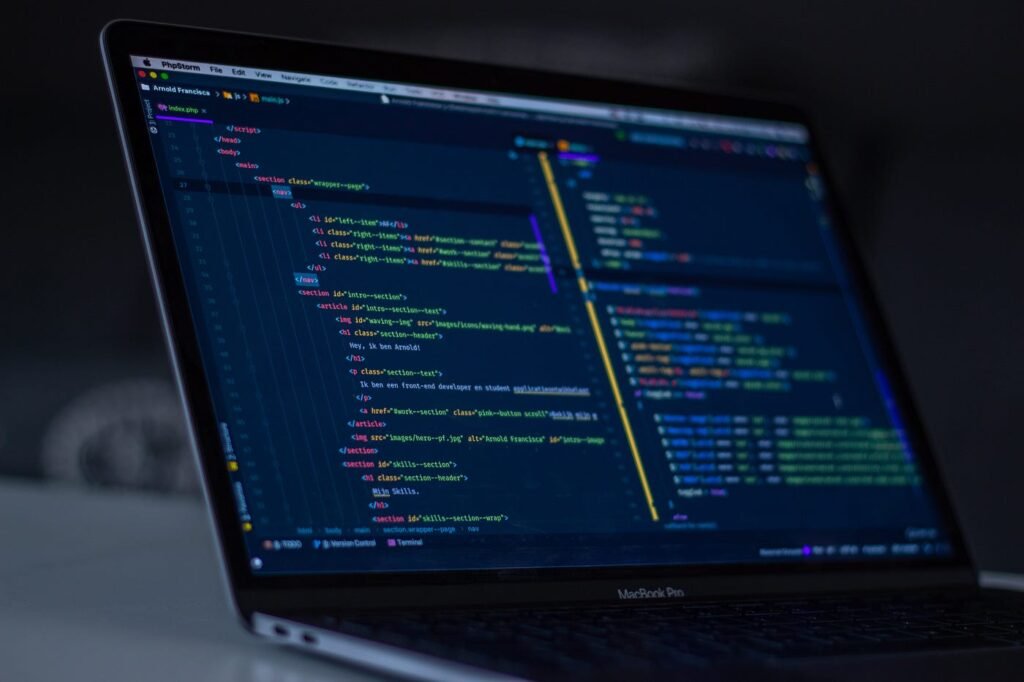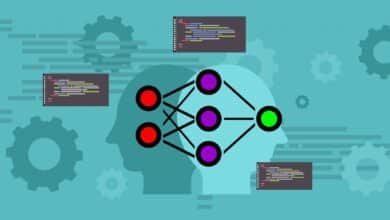Laravel Development: A Best Powerful Guide with Key Features

In the realm of web development, Laravel stands out as a powerful and versatile PHP framework. Renowned for its elegant syntax, robust features, and scalability. As businesses increasingly embrace digital transformation, the demand for skilled Laravel developers continues to soar. In this comprehensive guide, we delve into the intricacies of Laravel development, exploring its core concepts, advanced techniques. And best practices to empower developers and businesses alike.
Understanding Laravel Development: A Primer
At its core, Laravel is an open-source PHP framework that facilitates the development of web applications with a clean and expressive syntax. Founded by Taylor Otwell in 2011, Laravel has quickly emerged as a preferred choice for developers worldwide, thanks to its rich feature set, including routing, authentication, middleware, queues, and ORM (Object-Relational Mapping) with Eloquent.
Key Features of Laravel Development

Eloquent ORM
At the heart of Laravel lies its elegant ORM (Object-Relational Mapping) system, Eloquent. This powerful feature simplifies database interactions by providing developers with an intuitive Active Record implementation. With Eloquent, developers can seamlessly work with databases using familiar PHP syntax, eliminating the need for complex SQL queries and enhancing overall productivity.
Blade Templating Engine
Laravel’s Blade templating engine is a game-changer for developers seeking clean and maintainable code. With Blade, developers can create dynamic and reusable templates, significantly improving code readability and organization. Its intuitive syntax and powerful features, such as template inheritance and control structures, empower developers to build stunning front-end experiences with ease.
Expressive Routing
One of Laravel’s standout features is its expressive routing system, which enables developers to define clean and SEO-friendly URLs. By providing a simple and intuitive syntax for defining routes, Laravel makes it easy to organize application logic and handle incoming HTTP requests efficiently. This not only enhances the user experience but also contributes to better search engine visibility, ultimately driving more traffic to your application.
Middleware
Laravel’s middleware functionality provides a flexible mechanism for filtering HTTP requests entering the application. This enables developers to implement cross-cutting concerns such as authentication, authorization, and logging in a modular and reusable manner. By leveraging middleware, developers can enhance the security, performance, and reliability of their applications without cluttering their codebase with repetitive logic.
Artisan CLI
Laravel’s command-line interface, Artisan, is a developer’s best friend when it comes to automating repetitive tasks and streamlining development workflows. With Artisan, developers can generate code scaffolds, run database migrations, and execute custom commands with ease. This not only boosts productivity but also ensures consistency across development environments, enabling teams to collaborate more effectively.
Laravel Development Advanced Techniques

Harnessing the Power of Eloquent ORM:
Eloquent, Laravel’s Object-Relational Mapping (ORM) system, empowers developers with a seamless interface to interact with databases. Through expressive PHP syntax, developers can effortlessly execute database operations, leveraging Eloquent’s features such as relationships, eager loading, and query scopes. This section explores how to maximize the potential of Eloquent ORM to streamline database operations and enhance application performance.
Building RESTful APIs with Laravel Development:
In an interconnected digital landscape, the demand for robust Representational State Transfer (RESTful) APIs has surged. Laravel simplifies API development with its built-in API resources and middleware, facilitating the creation of RESTful endpoints with minimal effort. This segment delves into best practices for designing and implementing RESTful APIs using Laravel, enabling seamless communication between clients and servers while adhering to industry standards.
Scaling Laravel Development Applications for Performance:
As applications evolve and user bases expand, scalability emerges as a critical concern. Laravel offers an array of strategies for optimizing application performance, including caching mechanisms, load-balancing techniques, and database query optimizations. This chapter delves into advanced scalability techniques tailored for Laravel applications, ensuring optimal performance even under heavy workloads.
Optimizing for SEO:
In the competitive digital landscape, Search Engine Optimization (SEO) plays a pivotal role in driving organic traffic to websites. Laravel provides ample opportunities for optimizing applications for search engines, ranging from structured data integration to URL routing strategies. This section elucidates effective SEO techniques specific to Laravel, empowering developers to enhance visibility and attract targeted traffic to their applications.
Best Practices for Laravel Development

Modularization and Code Organization
Adhering to the SOLID principles and design patterns such as MVC (Model-View-Controller) fosters code reusability, maintainability, and testability. By organizing code into modules and packages, developers can build modular, extensible applications that are easy to maintain and scale.
Automated Testing and Continuous Integration
Implementing unit tests, integration tests, and functional tests using Laravel’s testing utilities and PHPUnit ensures the reliability and robustness of applications. Continuous integration pipelines with tools like Travis CI or GitHub Actions automate the testing process, enabling early detection of bugs and regressions.
Mitigating Common Vulnerabilities:
Laravel applications are susceptible to a myriad of threats, including SQL injection, cross-site scripting (XSS), and cross-site request forgery (CSRF). This section delves into practical strategies for mitigating these vulnerabilities, leveraging Laravel’s built-in security features such as CSRF protection, XSS filtering, and input validation. Through proactive measures, developers can bolster the resilience of their applications and thwart potential attacks.
Security Auditing and Monitoring:
Continuous security auditing and monitoring are essential for detecting and mitigating security threats in Laravel applications. This section discusses the importance of implementing logging mechanisms, intrusion detection systems (IDS), and security incident response procedures. By monitoring application logs and network traffic, developers can identify suspicious activities and respond promptly to security incidents, minimizing potential damage and ensuring the integrity of their applications.
Conclusion
In conclusion, mastering Laravel development requires a deep understanding of its core concepts, advanced techniques, and best practices. By harnessing the power of Laravel’s features, developers can build robust, scalable applications that meet the demands of today’s digital landscape. Whether you’re a seasoned developer or a newcomer to Laravel, continuous learning and practice are key to unlocking its full potential.
Read more : Cloud Computing Security





